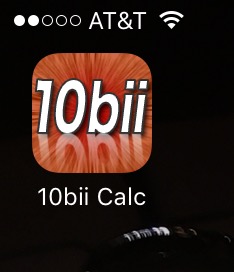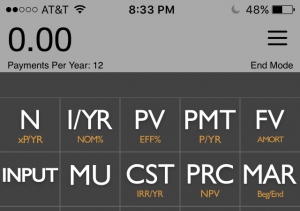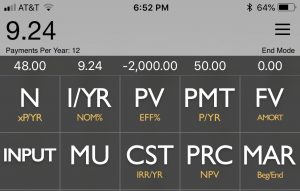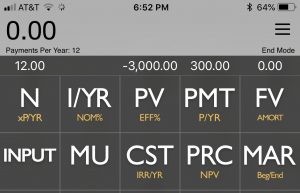Investing isn’t restricted to buying a stock or a piece of real estate. It’s more than that. Investing is a thought process where you use money and knowledge strategically to create more money.
This was perplexing for me, at first. I grew up believing that you were a slave to the dollar and money was something that ruled over you.

But one of my teachers, named Gary Johnson, helped me see past that line of logic in a class he teaches called Financial Freedom Principles.
In the class, Gary teaches the mantra “The wealth process begins in your mind.” And as you can tell from the way I thought about money, I needed a change in perception.
Gary encourages you to get control of your money by first going through your bills and setting a monthly budget. By doing this, you tell your money where to go and what to do, thus making you the master and no longer the slave.
That was huge.
Throughout the course, Gary challenges you to find everyday ways to invest your money, resulting in tremendous returns.
Truthfully, when I took his class the first time, I didn’t understand what a return really was or how to evaluate a deal to find one. But Gary takes the time to introduce the tool you need to evaluate those deals. It’s called a financial calculator, and it’s one of the most important tools and investor can have.

I’d like to show you how a financial calculator works and then demonstrate a strategy you can implement today to begin making some great returns on some things you may not have seen as investments before.
First, though, let me acquaint you with the financial calculator app I use, for both iOS and Android, called the 10bii by In A Day Development.
At the top of it, you’ll see five buttons: N, I/YR, PV, PMT and FV. Each button stands for a piece of information you’ll need to do a calculation. If you know four pieces of the equation, you can find the fifth.
Here’s what each button stands for:

N – number of payments (in months); I/YR – interest/ yearly return; PV- present value of the loan or investment; PMT – payments and FV- future value.
Today we’re going to be solving for I/YR, focusing on the YR side which is the yearly return you can expect to make on a given investment.
Let’s do an example:

Suppose you bought a short term note for $2,000 that paid you $50 a month for four years. What would your return on investment be?
The input keys should look like this:
N= 48 (4 years); I/YR=?; PV= -2,000; PMT= +50; FV=0.00
I/YR= 9.24
This deal has a yearly return of 9.24 percent.
Now that you know the buttons on the calculator, let’s look at the strategy Gary teaches called “10 for 2.”
Let’s say you have a monthly rental payment on something that costs $300 a month. You approach your landlord and say, “I’ll prepay my rent $3,000 today if you will give me credit for the entire year.” In Gary’s terms, that is 10 months of payments ($300 x 10 months), with two free months.

Does this sound like a good idea? Let’s plug it into the calculator and see.
N=12 (1 year); I/YR= ?; PV= -3,000; PMT= +300; FV=0.00
I/YR= 35.07

That’s a 35.07 percent return on something you were going to pay for anyway, which knocks the socks off the 1.25 percent CD rate being offered at Banks today.
Have you ever thought about doing anything like that before? I know I hadn’t. And I dang sure didn’t know how to figure out of it was good deal or not.
Gary has all kinds of ways to help you reevaluate how you spend and invest your money. If you’d like to learn other strategies like this, he’ll be teaching his Financial Freedom Principles seminar Memorial Day weekend in Atlanta. To sign up, go to GaryJohnston.com.
Joe and Ashley English buy houses and mobile homes in Northwest Georgia. For more information or to ask a question, go to www.cashflowwithjoe.com or call Joe at 678-986-6813.
